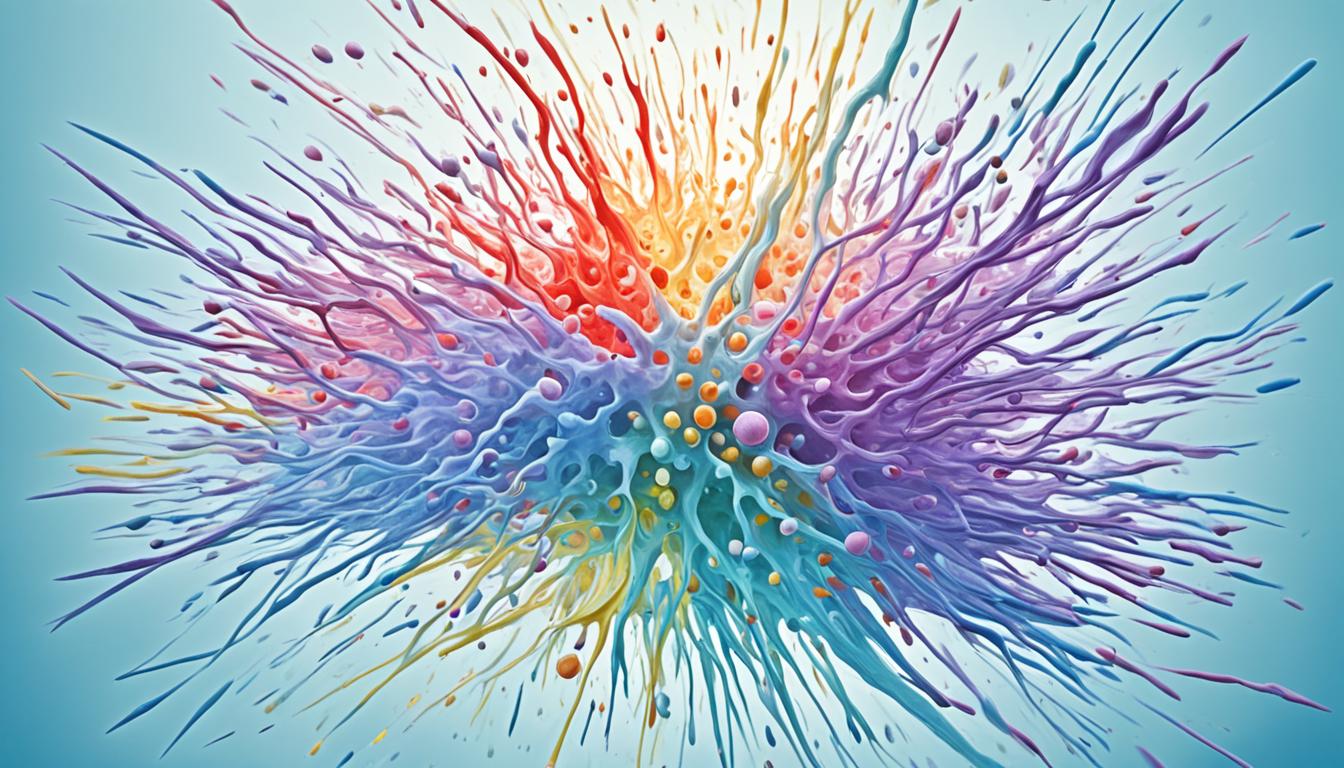Cystocele is a condition where the bladder shifts out of place and bulges into the vagina. It’s also known as bladder prolapse. This problem can make you feel like something is bulging in your pelvis or bring discomfort in the vagina. You might also have issues like leaking urine, peeing a lot, finding it hard to pee, or feeling pain during sex. It could even cause lower back or pelvic pain.
Several things can lead to cystocele. Giving birth through the vagina, changes in hormones, getting older, or having long-term health issues like being very overweight or having a chronic cough are some of the causes. Knowing what can lead to cystocele can help you lower the chances of getting it.
To check for cystocele, a doctor will listen to your health history and do a physical exam. They might also do tests like an ultrasound or an MRI. These tests look at your bladder and its surroundings. Treatments can be non-surgical like doing special exercises for your pelvis, changing your lifestyle, or using a device called a pessary in your vagina. But sometimes, you might need surgery to fix the problem.
Stem cell therapy is a newer way to treat cystocele. It involves putting stem cells into the tissues around the neck of your bladder. This can help your body grow new and healthy tissues. Right now, this kind of treatment is not very common and is still being tested. But it could help with issues like peeing and make life better for people with cystocele.
Key Takeaways:
- Cystocele, also known as bladder prolapse, occurs when the bladder bulges into the vagina.
- Symptoms of cystocele include pelvic discomfort, urinary incontinence, and pain during sex.
- Common causes of cystocele include vaginal childbirth, hormonal changes, and increased abdominal pressure.
- Diagnosis involves a medical history evaluation, physical examination, imaging tests, and pelvic floor assessments.
- Treatment options include non-surgical approaches, surgical interventions, and emerging stem cell therapy.
Causes and Risk Factors of Cystocele
Lots of factors can lead to cystocele. Knowing these causes and risks can help you prevent it. This way, you might avoid getting the condition.
Vaginal Childbirth
Vaginal births can really push down on your pelvic floor. This happens especially if you’ve given birth a lot. The muscles and tissues can weaken, causing the bladder to fall down. This is a big reason why cystocele happens.
Hormonal Changes
As you go through menopause, your estrogen levels drop. This can make your pelvic tissues weaker. Estrogen is key in keeping these tissues healthy. Low levels of it can lead to conditions like cystocele.
Aging
Getting older makes your pelvic floor muscles weaker. With age, these muscles lose their strength. This can make you more likely to have issues like cystocele.
Chronic Conditions
Some health problems can also add pressure to your belly. This extra pressure can hurt the support of your pelvic area. Conditions like chronic coughs and obesity can play a part in cystocele development.
Other Risk Factors
There are other reasons you might get cystocele too. Things like your family’s health history or your job might raise your risk. Being of Hispanic or white descent, having low estrogen, or certain surgeries can also be factors. Even connective tissue disorders can make it more likely for cystocele to show up.
Knowing about these risks can help you stay healthy. You can do things like exercise your pelvic floor and stay at a good weight. Avoiding too much lifting is smart too. And if you have other health problems, make sure to treat them. Talking to your doctor and getting the right care can lower your chance of getting cystocele.
Stem Cell Therapy for Cystocele Treatment
Stem cell therapy uses stem cells to treat cystocele. It aims to fix bladder problems by using the body’s natural healing. Stem cells are put into the tissue around the bladder’s base.
These cells help repair and make new tissue. This makes muscles in the pelvis stronger and helps the bladder stay in place. This treatment improves how the bladder works and makes patients’ lives better.
This therapy is new and not everywhere. If you’re thinking about it, talk to your doctor first. See if there are any trials or special places that can help.

